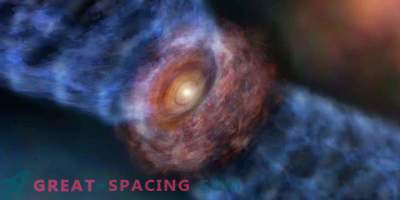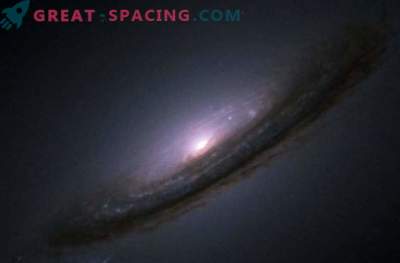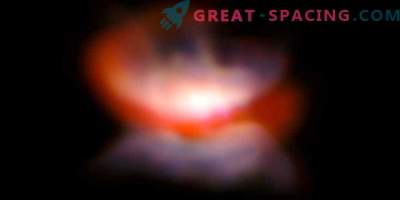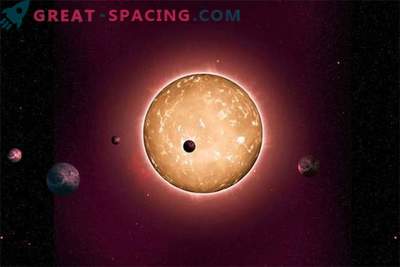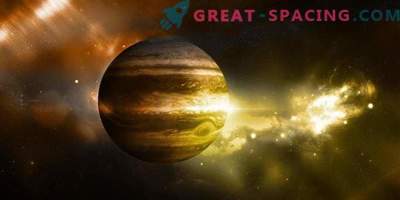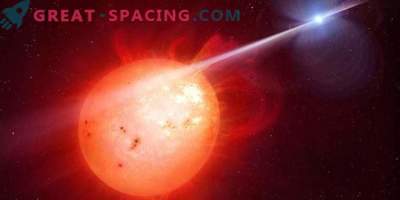
In this universe, the stars devour each other, and it is possible that one of the most famous showed cannibal tendencies.
When you make a wish for a star, think about that bright point in the Orion constellation - perhaps a space killing happened there.
Being the second brightest star in Orion, Betelgeuse is a real star mess. Approaching the end of its existence, the massive red supergiant is twitching in convulsions, and its overheated upper layers are scattered by stellar winds. They create huge clouds of gas - a prelude for lawlessness around the corner.
Having lived its strange 8 million years (the age of our Sun about 5 billion years) and having quickly spent its supply of hydrogen fuel, this massive swollen star is located just 700 light years from Earth and is located the process of merging heavy elements. Over the next million years, Betelgeuse will be so unstable that it explodes like a supernova. This fact gave rise to all kinds of foolish theories of the end of the world for earthly life. Although the object is close, it still holds many secrets. And in a new study by J. Craig Wheeler of the University of Texas at Austin and his team of international students discovered a special rotation of the star.
According to physics, when a star dies and expands, its rotation slows down. But Betelgeuse refutes this fact and rotates too fast!
“We cannot explain this,” says Wheeler. “Speed is 150 times faster than normal.”
His team created a series of computer simulations to deal with the phenomenon.
“Let's say Betelgeuse had a satellite when the star was just born,” he thought. - “And let's assume that it revolved around an object. Then Betelgeuse grew to the size of a red supergiant and swallowed it. ”
To justify the abnormal speed, a massive star would have to eat an object the size of the Sun. In addition, since most stars exist in pairs or more, it turns out that Betelgeuse evolved with a smaller sister in tow.
But the option with cannibalism does not mean that it was in fact. Researchers need to find other evidence. And in 2012, another group of astronomers took note of two shells of interacting matter ejected from the star, which created a shock with the interstellar medium - rarefied gases, which are located in the space between the stars. The material has a mysterious origin. But thanks to the measurement of the distance and speed of his journey, the researchers discovered that he was thrown out about 100,000 years ago. At that time, Betelgeuse could have a tight lunch for her sister (in accordance with the star absorption hypothesis).
Scientists hope to use astroseismology to measure waves propagating through the body of an object. According to the principle of tracking seismic waves of terrestrial earthquakes, astronomers will try to disassemble the composition, studying the oscillations on the surface.
If Betelgeuse really ate her sister, then mass destruction could add extra swaying.

